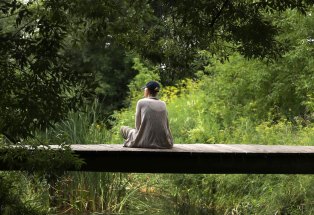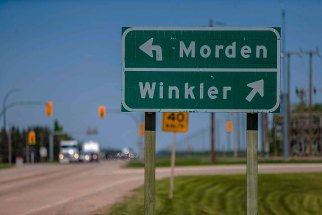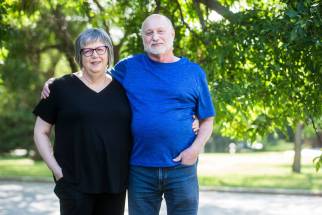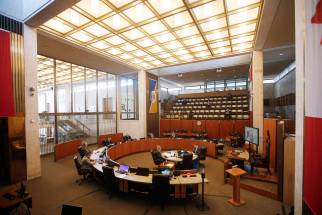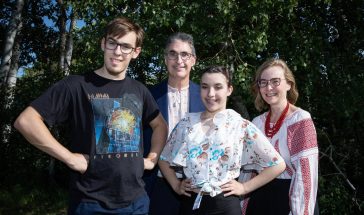Covering his tracks Former Guess Who bassist Bill Wallace is playing the legendary local band’s material — some of which he wrote — in a musical tribute 50 years after he began rocking with Burton and the boys
Read this article for free:
or
Already have an account? Log in here »
To continue reading, please subscribe:
Monthly Digital Subscription
$0 for the first 4 weeks*
- Enjoy unlimited reading on winnipegfreepress.com
- Read the E-Edition, our digital replica newspaper
- Access News Break, our award-winning app
- Play interactive puzzles
*No charge for 4 weeks then price increases to the regular rate of $19.00 plus GST every four weeks. Offer available to new and qualified returning subscribers only. Cancel any time.
Monthly Digital Subscription
$4.75/week*
- Enjoy unlimited reading on winnipegfreepress.com
- Read the E-Edition, our digital replica newspaper
- Access News Break, our award-winning app
- Play interactive puzzles
*Billed as $19 plus GST every four weeks. Cancel any time.
To continue reading, please subscribe:
Add Free Press access to your Brandon Sun subscription for only an additional
$1 for the first 4 weeks*
*Your next subscription payment will increase by $1.00 and you will be charged $16.99 plus GST for four weeks. After four weeks, your payment will increase to $23.99 plus GST every four weeks.
Read unlimited articles for free today:
or
Already have an account? Log in here »
Hey there, time traveller!
This article was published 12/08/2022 (1213 days ago), so information in it may no longer be current.
At some point during their show in Miles City, Mont., early next month, Bill Wallace will step to the microphone and introduce himself as the former bass player for the Guess Who, whose catalogue of songs he and those with him on stage that evening will be performing under the banner Carl Dixon Sings the Guess Who, Dixon also being the lead singer for Canadian rockers Coney Hatch.
https://youtu.be/pUcelVMCuvU
Wallace will inform the crowd that this summer marks 50 years since he joined the Guess Who, playing in the band from 1972 to 1976 and, again, from 2000 to 2003, when the Canadian Music Hall of Fame inductees regrouped for the highly successful Runnin’ Back Thru Canada tour.
Then, just before breaking into Hand Me Down World, one of 10 Guess Who singles that dented Billboard’s Top 20, he’ll mention having been the first person to ever belt out that particular tune, back when he was a member of Brother, the Winnipeg band that penned it a year before the Guess Who recorded it for its 1970 album, Share the Land.
“That’s usually when I crack a joke along the lines of, ‘Get a load of this; I’m now in a cover band, covering my own stuff,’” he says with a loud guffaw.
Don’t believe everything you read on the internet, Wallace says, seated in the kitchen of his Charleswood home, casually dressed in shorts and a music festival T-shirt. While a Wikipedia page lists his date of birth as May 18, 1949, he was actually born in 1948. For whatever reason — he surmises it was to attract a younger audience — the person who managed a band he belonged to in the 1960s shaved a year or two off each of the members’ ages in a press release, and the alteration stuck.
MIKAELA MACKENZIE / WINNIPEG FREE PRESS Bill Wallace’s first instrument was the trombone. He parked it — along with a tuba, his second choice — for an electric guitar and amp in 1962.
Wallace, the eldest of three siblings, grew up in a home on Kingston Row. His father, a dentist, enjoyed listening to honky-tonk, while his mother, a trained pianist, preferred Chopin “and stuff.” Wallace’s first instrument was the trombone. He parked it — along with a tuba, his second choice — for an electric guitar and amp in 1962, primarily to learn Pipeline, a catchy, surf-rock instrumental by the Chantays.
Around the same time, he joined the Royal Canadian Sea Cadets. He became fascinated by the program’s drum corps, whose members were able to “do all this flashy s—t.”
One of those drummers, Rick Honey, who later made a name for himself as a Vancouver DJ, belonged to a garage band called the Ramrods. Honey mentioned to Wallace that if he ever switched from guitar to bass, they had a spot for him.
Wallace can’t recall how he scrounged up the $125 it cost to buy his first bass guitar, but soon enough he was a Ramrod, too, along with “this poor kid” named Kurt Winter, who lived on Bannatyne Avenue. (Winter, of course, ended up joining the Guess Who after Randy Bachman’s departure in 1970; more about that in a sec.)
A succession of bands followed, almost all of which counted Wallace and Winter in the lineup. First was the Syndicate, then the Cavaliers, then the Shondels, the latter of which was, for a spell, the second most popular band in the city, behind Chad Allan and the Expressions.
Things got so busy — at one point the Shondels travelled to Minneapolis to record six songs, two of which were released as singles — that Wallace had a decision to make: continue attending Glenlawn Collegiate, where he had completed Grade 10 and “three partial years of Grade 11,” or quit school altogether to concentrate on a music career.
MIKAELA MACKENZIE / WINNIPEG FREE PRESS Wallace shows off some of his records.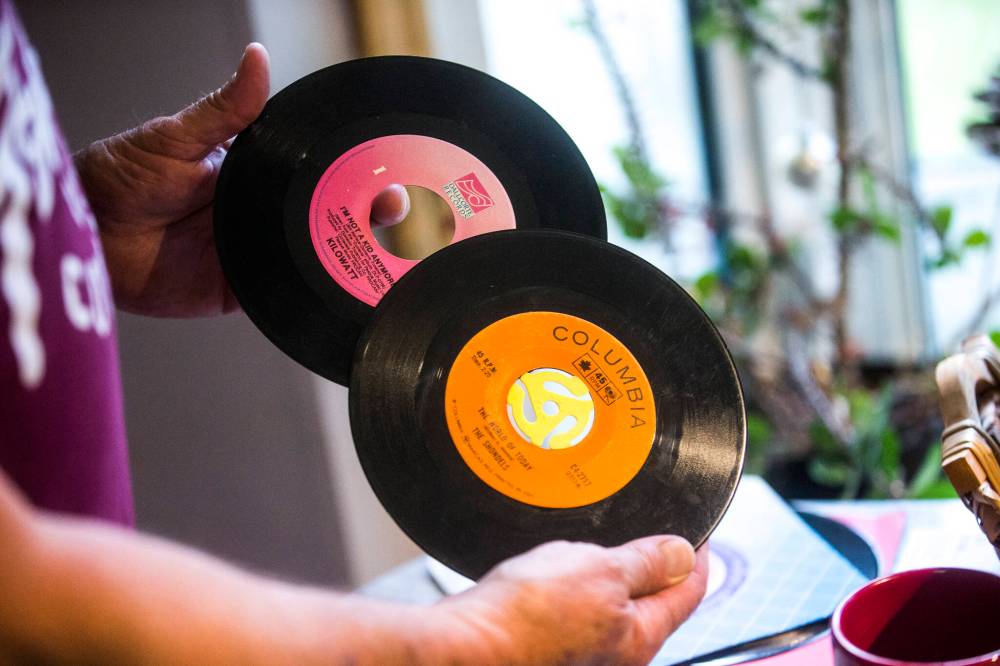
In 1965, you could earn as much money playing in a band as from a “real” job, he says. Yes, his father was a successful dentist, and probably would have preferred him furthering his education. Then again, his uncle — his dad’s brother — was a professional musician living and working in England, where he toured with the likes of Georgie Fame and Tom Jones. Given that, the elder Wallace didn’t make too much of a fuss when his son announced his intentions.
Wallace left the Shondels to help found the Gettysbyrg Address, Gettysbyrg spelled in that manner as a nod to the Byrds, whose style of countrified rock the fivesome was attempting to emulate.
The Gettysbyrg Address enjoyed success recording for Winnipeg label Franklin Records — the single Love Is a Beautiful Thing hit No. 3 on the Canadian charts — but by 1969, Wallace, Winter and guitarist Greg Leskiw, who they’d enlisted the year before, left to form the Logan Avenue Comfort Station, perhaps the only rock act ever named for a public loo.
“It’s funny, because at the time, it seemed like each of those bands lasted a long time, when it was actually months, maybe a year at most,” he says.
MIKAELA MACKENZIE / WINNIPEG FREE PRESS Wallace says he thinks he’s the one second from left in the photo.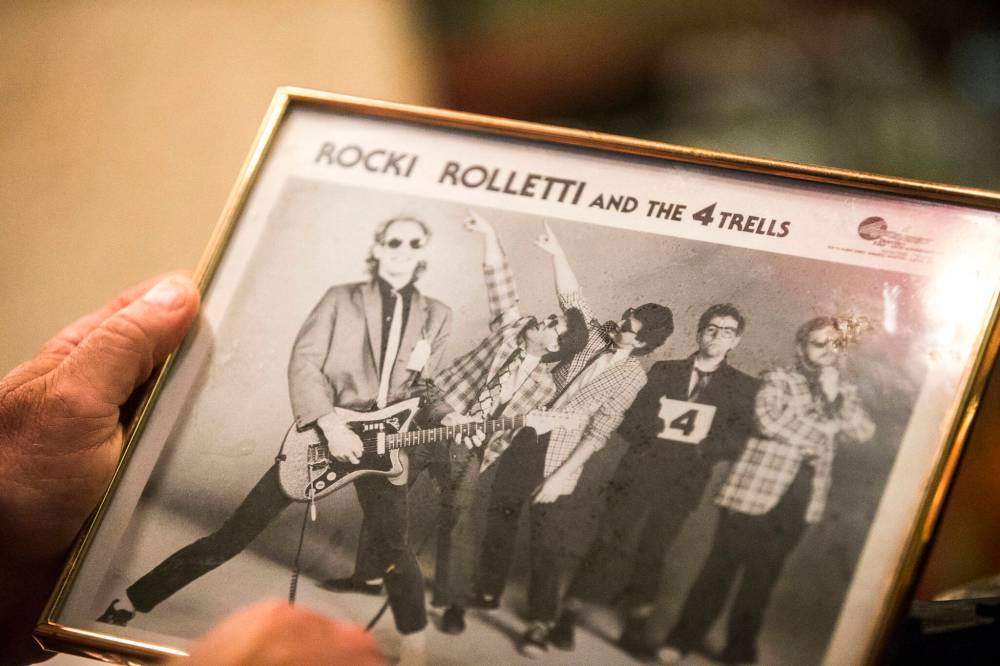
Wallace and Winter, together with drummer Vance Masters, reemerged as Brother in late 1969. A few weeks after the trio headlined the Niverville Pop Festival in May 1970, Winter was recruited by the Guess Who, whose monster single American Woman had just spent three weeks at No. 1 on the Billboard chart.
It was too good an opportunity to pass up, he regrettably told his band of Brother, and when the Guess Who’s new album, Share the Land, hit store shelves in October 1970, two Brother songs — Bus Rider and the aforementioned Hand Me Down World — were listed on the back cover, minus any mention of Wallace as a co-composer.
“It was the same thing when they recorded Runnin’ Back to Saskatoon, which was built around a riff from another Brother song, for the live album (1972’s Live at the Paramount),” contends Wallace, who was living on a hobby farm near Woodlands in May 1972, when he received a phone call telling him Jim Kale, the Guess Who’s original bass player, was out. Also, how quickly could he get to California, where they were currently on tour?
Wallace proved his worth on the Guess Who’s 1973 release, Artificial Paradise, which listed him as the co-writer of six songs, including the hit single Follow Your Daughter Home, and Bye Bye Babe, the latter of which he sang lead vocals on. He remained with the Guess Who until 1976, the year Burton Cummings left to pursue his solo career.
He continues to receive quarterly royalty cheques from that period of his life, thanks in particular to the continued popularity of Clap for the Wolfman, which he and Winter originally titled Clap for Napoleon, a thinly veiled reference to a certain band leader’s at-times dictatorial demeanor.
“Kurt and I would play it during sound checks and (drummer Garry) Peterson was always going on about we should record it, that it would be huge. Anyways, Burton caught wind of it, changed the lyrics around to be about Wolfman Jack instead, and the rest is history,” he says, noting American DJ Wolfman Jack, who guests on the record, smoked “around 20 joints” in the control room the day it was recorded in Toronto.
Wallace remained busy after leaving the Guess Who, which carried on in various iterations. He was a member of Crowcuss, whose debut single Running Start was a smash in Guatemala, of all places.
He helped found Kilowatt, which featured his former cohort Leskiw, on guitar and vocals, in the early ’80s. Kilowatt was immensely popular in Western Canada, thanks to radio-friendly numbers such as Lovers on the Run and Shady L’Amour, but the band called it a day in 1983, after a week-long, “world tour of Toronto nobody bothered showing up to,” Wallace says.
In 1986, Wallace, a father of three, decided it was time to hit the books, again. He was accepted into the University of Manitoba as a mature student. That’s where he met Debbie, his second wife, and also where he attained a music degree.
He began putting that to good use in 1990, when he was hired by R.B. Russell Vocational School to take over a course that involved working in a recording studio.
Did students know their new instructor was an ex-member of the Guess Who? Perhaps some of their parents were aware, he allows. But no, it wasn’t something he bothered to advertise.
MIKAELA MACKENZIE / WINNIPEG FREE PRESS Wallace with a Clap for the Wolfman figurine.
He took a hiatus from teaching for three years during the Guess Who’s reunion tour, which included a highly memorable performance at Shaw Park in June 2000 (Thunder! Lightning! Very, very frightening!). When a planned album involving Bachman and Cummings failed to materialize, he accepted a position at West Kildonan Collegiate, where he stayed until his retirement nine years ago.
Even while he was teaching, he continued to play music on the side. He and Debbie, an accomplished singer and keyboardist who died of cancer in January, performed regularly as a duo, as often as 48 weekends a year.
Nowadays, in addition to his work with Carl Dixon Sings the Guess Who, he occasionally teams up with guitarist James Creasey and drummer Greg Gardner to mine ‘60s nuggets such as the Electric Prunes’ I Had Too Much to Dream (Last Night). He has also worked extensively with veteran musician Laurie Mackenzie, both in the Carl Dixon act and as part of bar band the Shoes, whose repertoire is almost wholly dedicated to the Beatles canon.
“When we’re playing all these hits he was a big part of, you sometimes catch yourself thinking, ‘That’s Bill Wallace, dammit.’” – Laurie Mackenzie
Mackenzie guesses it was 1977 when he first saw Wallace perform live, in a short-lived jazz-fusion unit he believes went by Hot Salsa. The two began playing together about 10 years later, when Mackenzie, whose Midnight Thunder Band was by then a top draw, needed a bass player to sub for Ken (Spider) Sinnaeve, who was hitting the road with Tom Cochrane.
“Eventually, he began calling me up every now and again, to ask if I’d sit in with him and Debbie, which I was always happy to do,” Mackenzie says.
“Besides having great timing and everything else you need in a bass player, Bill also has a hugely powerful voice,” he goes on. “Plus, there’s this incredible legacy, right? When he’s on stage with us in Carl’s band, telling all these fantastic stories about the (original) Guess Who, the audience absolutely laps it up. And when we’re playing all these hits he was a big part of, you sometimes catch yourself thinking, ‘That’s Bill Wallace, dammit.’”
MIKAELA MACKENZIE / WINNIPEG FREE PRESS Lately Wallace has been spending a few more hours than usual in the basement, playing along to old Guess Who records in preparation for next month’s show in Montana. 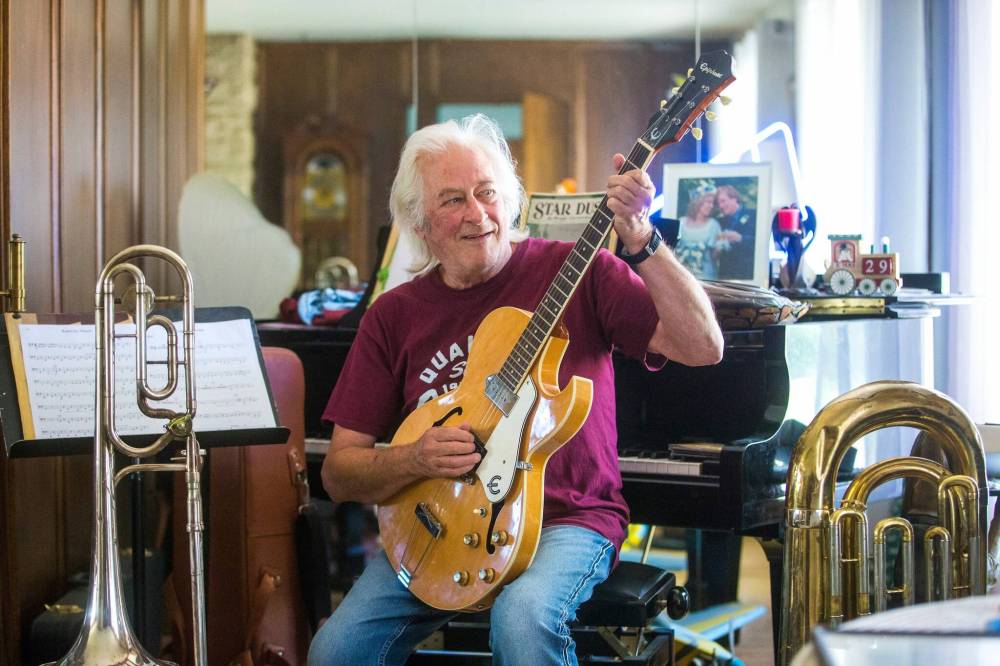
Wallace smiles, mentioning while he rarely rehearsed in the past, lately he’s been spending a few more hours than usual in the basement, playing along to old Guess Who records in preparation for next month’s show in Montana. (To demonstrate, he reaches for a Fender bass just to his left, and breaks into the unmistakable opening chords of American Woman.)
Admittedly, the last seven months without Debbie have been “the absolute s—ts,” he says, but tending to a backyard garden well-stocked with kale, Swiss chard and spinach does help lift his spirits. So, too, does singing along to the radio on the way to his beloved retreat at Lake of the Woods.
“It’s been a crazy ride, there’s no doubt about it,” he says, pausing to let his dog out the back door. “The main reason I returned to school in the ‘80s was because I thought I was too old to be in a rock band. That was almost 40 years ago, so what does that make me now?”
david.sanderson@freepress.mb.ca
Dave Sanderson was born in Regina but please, don’t hold that against him.
Our newsroom depends on a growing audience of readers to power our journalism. If you are not a paid reader, please consider becoming a subscriber.
Our newsroom depends on its audience of readers to power our journalism. Thank you for your support.

